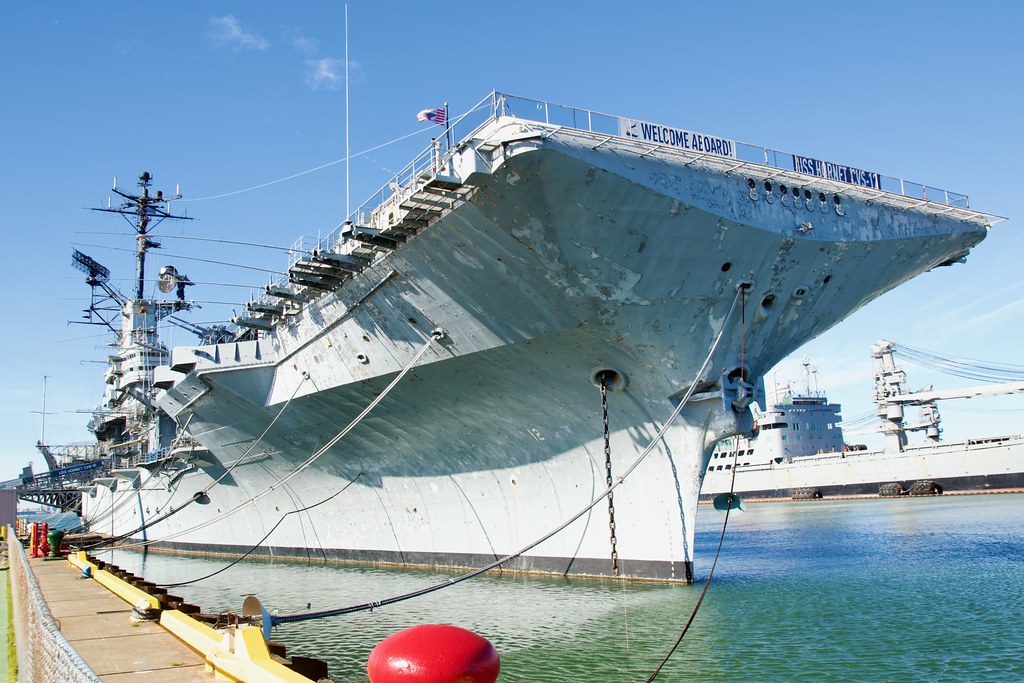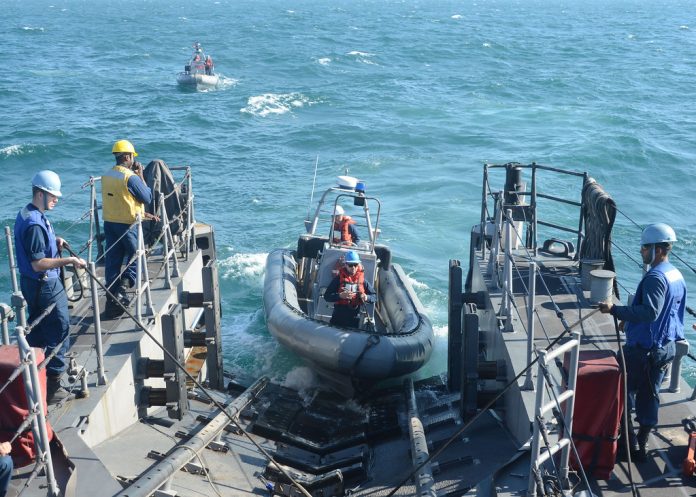
The titanic Typhoon-class submarines, once the pinnacle of Soviet naval power and the largest submarines ever constructed, have now officially sailed into history with the retirement of the Dmitry Donskoy, the last of its kind.

Decommissioned in February 2023, the Dmitry Donskoy, originally known as TK-208, marked an end of an era, an era when the Cold War dictated the massive size and striking capabilities of undersea leviathans.

Commissioned in 1981, the Dmitry Donskoy served the Russian Navy for more than four decades, predominantly as a test platform for a new generation of submarines – the Borei and Yasen classes.

The Typhoon-class submarines were a testament to their time, built to rival the U.S. Ohio-class submarines in both size and nuclear capability.

Weighing in at 48,000 tons, stretching nearly 600 feet in length with a beam of 23 meters, the sheer scale allowed for amenities unheard of in other submarines, including a small swimming pool and sauna for its crew.

It’s reported that Dmitry Donskoy initially carried D-19 strategic intercontinental ballistic missiles (ICBMs) as its basic armament, following an extensive upgrade, it took part in tests of the seaborne Bulava ICBM.

The Dmitry Donskoy’s decommissioning may have been earlier than expected, but this vessel’s name will not be forgotten, as it is set to be bestowed upon a new Borei-class submarine, continuing the legacy of the grand duke it was named after.

Stepping into the silent waters vacated by the Typhoons, the Borei-class submarines are Russia’s first post-Soviet designed ballistic missile submarines, known for their silent running and smaller crew requirements.

Despite being half the size of the Typhoon-class, the Borei-class still packs a formidable punch with its 16 to 20 Bulava SLBMs, each capable of carrying multiple warheads.

Designed with a hydrodynamically efficient hull and the first of the Russian subs to feature a pump-jet propulsion system, they offer significant noise reduction and improved stealth capabilities compared to their predecessors.

The Borei-class measures 560 feet long and can reach speeds of over 25 knots when submerged. Each carries 1.3 million components and requires significant resources to construct, evidencing the complexity and technological advancement of these modern warriors of the deep.

As of now, seven Borei-class submarines have been commissioned with a successor, the Arcturus-class, already on the horizon, set to continue the evolution with even greater stealth features.

The legacy of the Typhoon-class is undeniable, a chapter in naval history characterized by the colossal scale and nuclear might. These vessels not only dominated the seas but also captured the public imagination, inspiring Cold War thrillers like “The Hunt for Red October.”

But as with all technological marvels, time marches on, and the silent, more efficient hunters of the Borei-class have arrived to carry forward Russia’s undersea deterrence.

The decommissioning of the last Typhoon-class sub may signal the end of an era, but it also ushers in a new age of submarine warfare, where silence is the deadliest weapon.
Relevant articles:
– Russia’s Typhoon-Class Submarine Could Kill Millions and Had a Swimming Pool, The National Interest
– Russia’s Borei-Class Submarines Run Silent and Could Kill Millions, The National Interest
– Russia’s Monster Submarines Are Even Scarier Than You Imagined, Yahoo
– Typhoon: Russia’s Biggest Submarine Ever Armed with a Swimming Pool?, 19FortyFive

